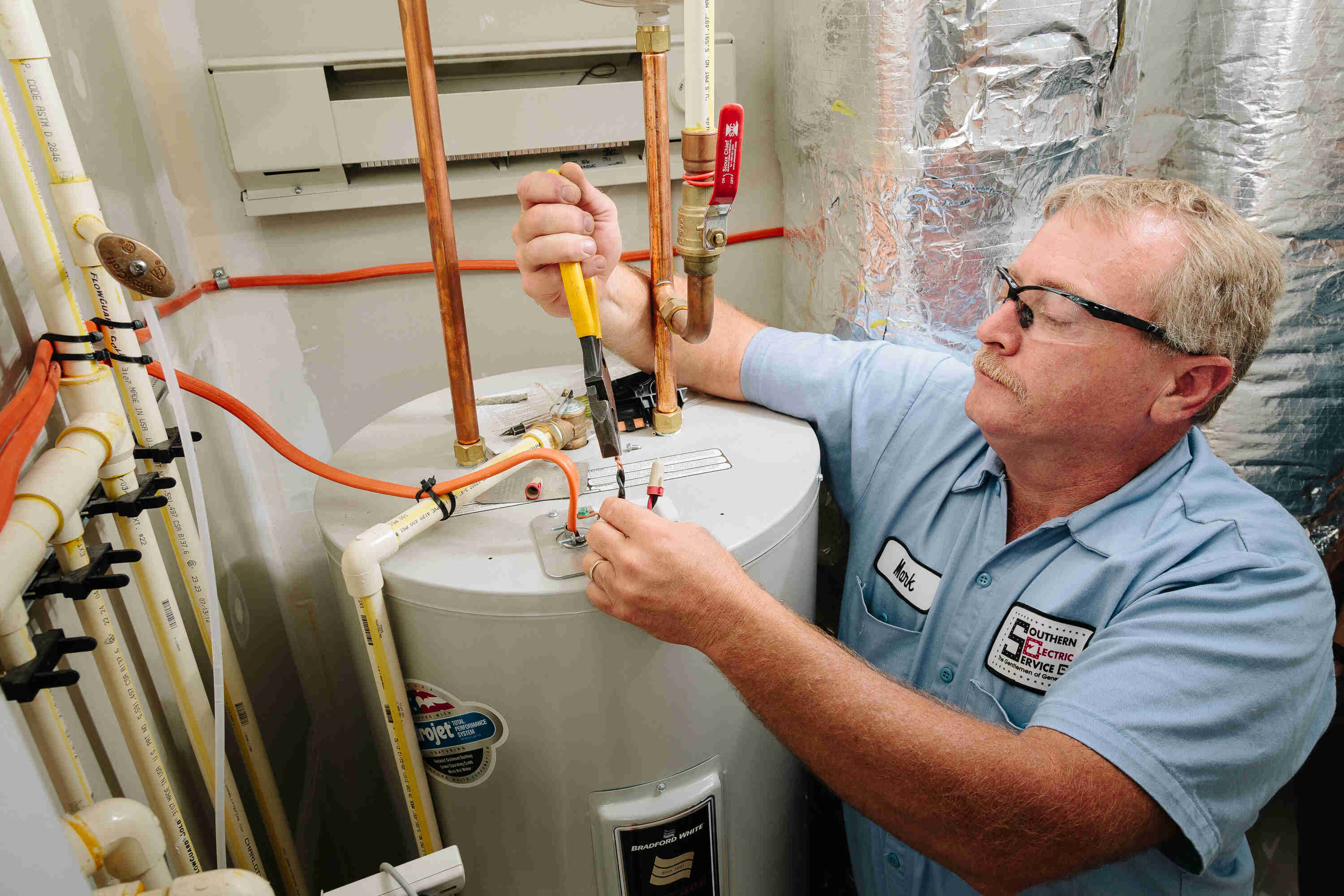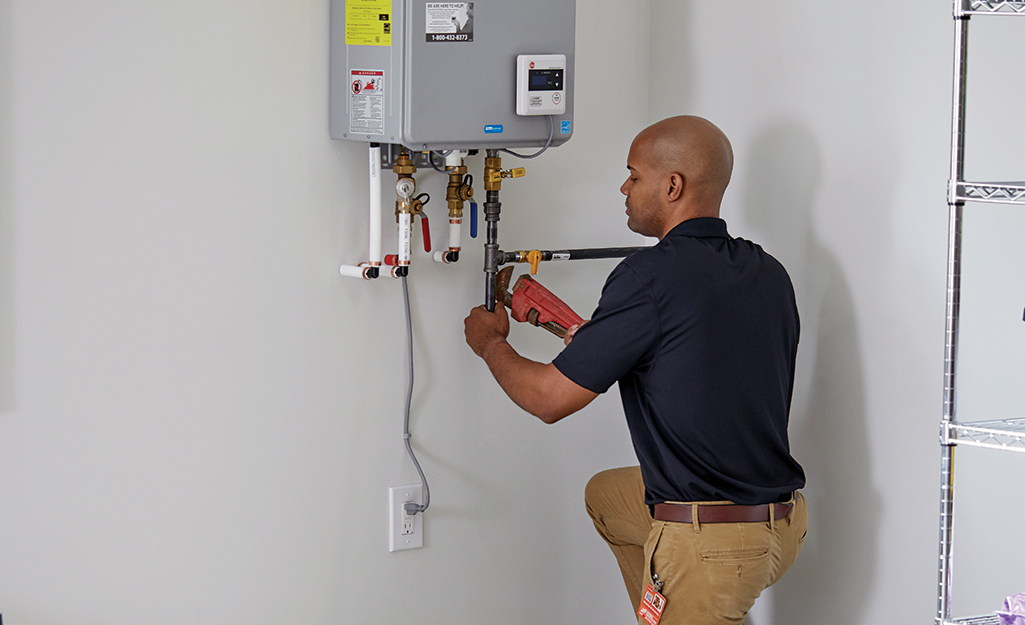They are making a number of great annotation about Water Heater Maintenance Tips You Can't Afford to Forget as a whole in this content below.

Warm water is vital for everyday comfort, whether it's for a refreshing shower or washing meals. To ensure your warm water system runs successfully and lasts longer, regular maintenance is vital. This article gives sensible suggestions and insights on exactly how to maintain your home's warm water system to avoid disruptions and costly repairs.
Intro
Keeping your home's hot water system could seem difficult, however with a couple of basic steps, you can guarantee it runs smoothly for many years ahead. This overview covers everything from recognizing your warm water system to do it yourself maintenance pointers and understanding when to employ expert help.
Significance of Preserving Your Hot Water System
Regular upkeep not just expands the lifespan of your warm water system however additionally guarantees it operates successfully. Neglecting maintenance can result in lowered performance, greater power costs, and also early failing of the system.
Indicators Your Warm Water System Demands Maintenance
Recognizing when your warm water system requires focus can avoid major problems. Watch out for indicators such as irregular water temperature, weird sounds from the heating system, or corroded water.
Comprehending Your Warm Water System
Prior to diving right into maintenance jobs, it's useful to recognize the basic elements of your hot water system. Generally, this includes the hot water heater itself, pipelines, anode poles, and temperature level controls.
Regular Monthly Maintenance Tasks
Regular month-to-month checks can aid capture minor issues before they escalate.
Flushing the Hot Water Heater
Flushing your hot water heater gets rid of debris accumulation, enhancing efficiency and prolonging its life.
Monitoring and Replacing Anode Rods
Anode poles protect against rust inside the tank. Inspecting and changing them when worn is crucial.
Inspecting and Readjusting Temperature Level Setups
Readjusting the temperature setups guarantees ideal performance and safety and security.
Do It Yourself Tips for Maintenance
You can perform a number of maintenance jobs yourself to maintain your warm water system in leading condition.
Checking for Leakages
Frequently check pipelines and links for leaks, as these can bring about water damage and greater costs.
Examining Stress Alleviation Valves
Testing the pressure safety valve ensures it works properly and protects against excessive stress buildup.
Protecting Pipes
Insulating warm water pipelines reduces warmth loss and can save power.
When to Call a Professional
While DIY maintenance is helpful, some issues need professional knowledge.
Complex Issues Needing Specialist Aid
Examples consist of significant leakages, electric problems, or if your water heater is continually underperforming.
Routine Specialist Upkeep Conveniences
Specialist maintenance can consist of complete evaluations, tune-ups, and guaranteeing compliance with security criteria.
Final thought
Regular maintenance of your home's hot water system is important for performance, long life, and price financial savings. By complying with these pointers and knowing when to seek expert aid, you can make certain a reputable supply of hot water without unanticipated interruptions.
Water Heater Maintenance Tips
Test the TPR Valve
Shut off the power and the cold-water supply valve. Place a bucket under the pipe connected to the temperature-pressure-release (TPR) valve on the top or side of the tank. (This valve opens if the tank pressure gets too high.) Lift the valve’s tab to let some water out, then let go. If water keeps flowing, drain the tank partway, unscrew the old valve with a pipe wrench, and install a new one. Check the Anode Rod
Put a hose to the tank’s drain cock and let out a few gallons of water. Now fit a 1 1/16-inch socket onto the rod’s hex head on top of the heater (or under its top plate) and unscrew the rod. If it’s less than ½ inch thick or coated with calcium, buy a new one, wrap its threads with Teflon tape, put it back in the tank, and tighten securely. Use this segmented rod if headroom above the tank is limited. Drain the Tank and Wash Out Sediment
Drain the remaining water in the tank into the bucket, then stir up the sediment on the tank’s bottom by briefly opening the cold-water supply valve. Drain and repeat until clean water comes out of the hose. Close the drain cock, refill the tank, and turn its power back on. Adjust the Temperature
Find the temperature dial on the side of the tank and unscrew its cover. Adjust the dial to 120 degrees using a flathead screwdriver. For every 10 degrees the temperature is lowered, you can expect to save up to 5 percent in energy costs. Turn the water heater off or the thermostat down to its lowest setting if you plan to be away from home for more than three days. Insulate the Pipes
Buy some self-sticking 3/8-inch-thick foam pipe insulation that matches the pipes’ diameter. Slide the foam over the hot-and cold-water pipes as far as you can reach. Insulating the cold-water pipe prevents condensation in summer. Peel the tape and squeeze the insulation closed. If the pipe is 6 inches or less from the flue, cover it with 1-inch-thick unfaced fiberglass pipe wrap. https://www.thisoldhouse.com/plumbing/21016402/how-to-maintain-a-water-heater

As a passionate person who reads on Tips on Maintaining a Water Heater, I was thinking sharing that article post was a smart idea. Are you aware of somebody who is looking into the niche? Do not hesitate to share it. Thank-you for going through it.
Source This Article